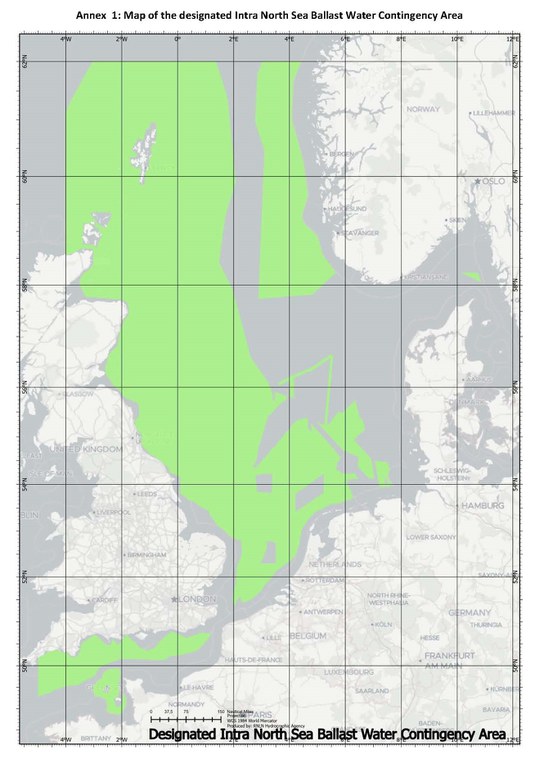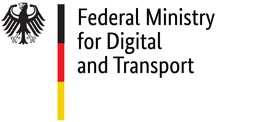New Intra North Sea Area for ballast water
Most ballast water management systems (BWMS) on board sea-going vessels have filtration as first stage of treatment followed by at least one more treatment stage. This way, the systems ensure no foreign organisms enter the ecosystem with the ballast water.
Practical experience has shown that some BWMS – depending on the type and installation setting on board – do not operate properly or at all in ports with high sediment load (tidal sands or silt deposition). In these cases, might only be possible to collect the ballast water via a bypass. Afterwards, the contaminated tanks and piping have to be decontaminated to comply with the mandatory ballast water standard D-2.
New Intra North Sea Area
Against this backdrop, the OSPAR Commission established an Intra North Sea Area Ballast Water Contingency and Compliance Area where the necessary decontamination procedure can be conducted in accordance with all requirements. The information "Intra North Sea Ballast Water Contingency and Compliance Area in accordance with BWM.2/Circ.62 and MEPC.387(81)" by the OSPAR Commission contains the geographic coordinates of the contingency measure area and the conditions under which a decontamination procedure is permitted there. In a few individual cases, after approval by the BSH, a ballast water exchange is also permitted.
This facilitation decided by the OSPAR Commission only applies to intra North Sea traffic and only under the conditions given in paragraphs 2 to 9 of the agreement "Intra North Sea Ballast Water Contingency and Compliance Area in accordance with BWM.2/Circ.62 and MEPC.387(81)" of the OSPAR Commission.

Practical tips
In case ballast water is intended to be taken up in a German North Sea port and problems occur or are expected to occur with the BWMS, we recommend to the ship management to contact as early as possible
- the responsible port authority and
- the Federal Maritime and Hydrographic Agency (BSH)
to coordinate the following course of action and, if appropriate, receive an approval to use the contingency measure area.
The current information Contingency measures for BWMS when encountering challenging water quality during uptake by the BSH contains tips for shipping companies and ship management which measures may be taken after agreement of the ports and the BSH when encountering problems with ballast water management systems in ports with high sediment pollution.

